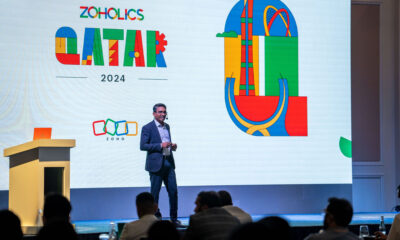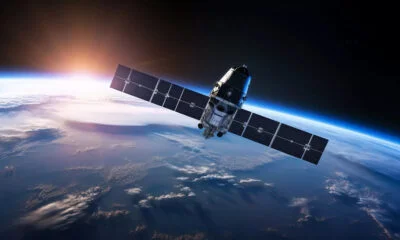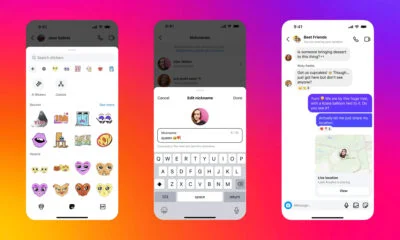News
The Technology Powering Qatar’s FIFA World Cup 2022
A series of technology firsts will help make the World Cup a more immersive event for football fans, boost Qatar’s sustainability credentials, and help to keep the scorching heat at bay.
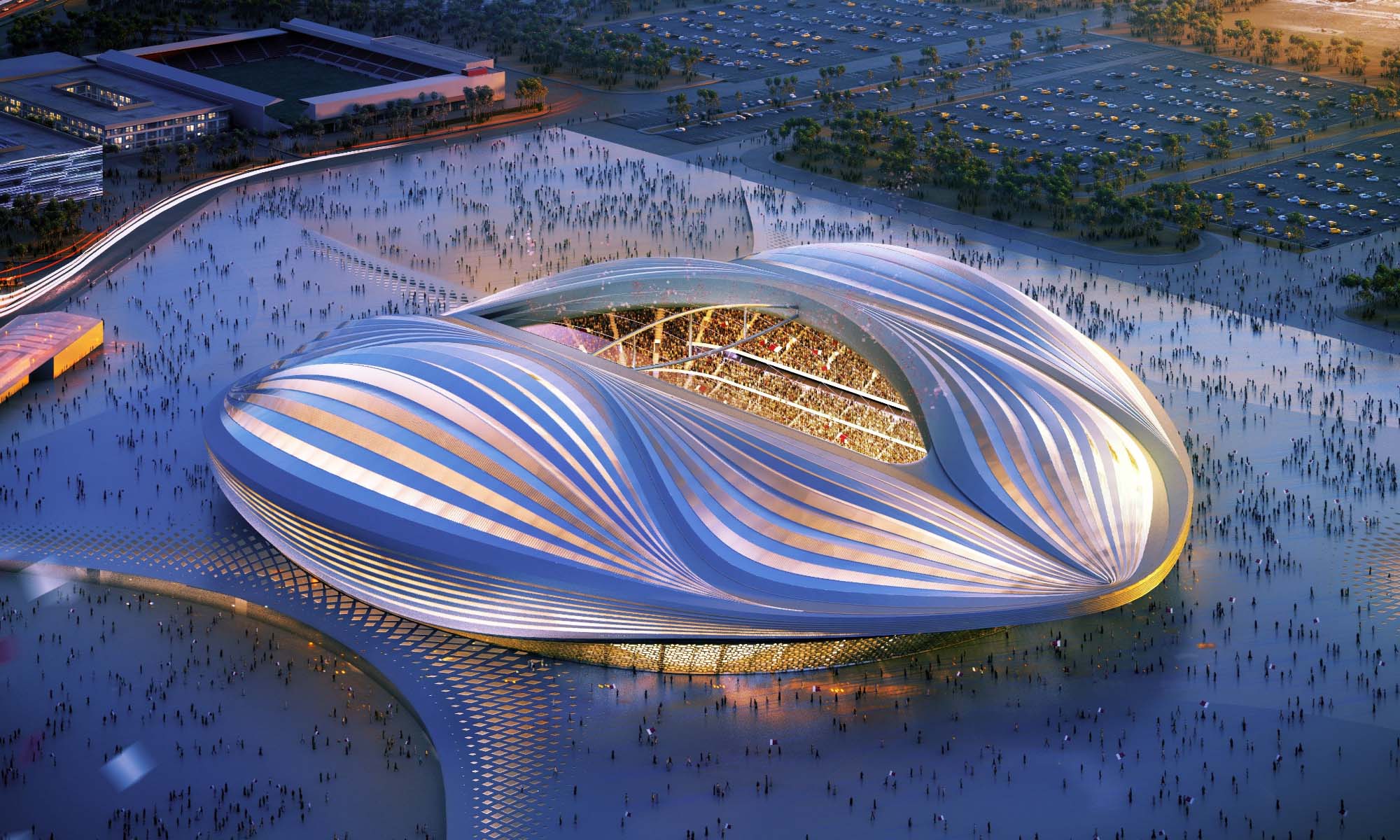
Qatar is the smallest nation to host a World Cup tournament, and it’s also the first Middle Eastern country with the same honor. As well as being notable as an “out of season” event, the FIFA World Cup 2022 will also feature several technological innovations.
Here are some of the more exciting examples we’ve unearthed so far:
Robo-Ref
The most notable feature of Qatar 2022 will likely be the high-tech match balls, which have been upgraded with FIFA’s “Semi-Automated Offside Technology”, an enhanced version of existing VAR systems (video assistant referees).
The official ball of the tournament is called “Al Rihla” (Arabic for “The Journey”) and is packed with the latest Adidas Suspension System, which can log its position on the pitch at a staggering 500 times per second. Each venue will be installed with 12 dedicated cameras to monitor the ball position and 29 points of each player’s body, with AI processing data in real time.
As well as helping with contentious match decisions, the new technology will also be used to create dynamic replay animations that can be displayed during broadcasts, or on the big screens of the event’s stadiums.
Advanced Stadium-Cooling
The temperatures of a Qatari summer are no joke at the best of times, and could prove debilitating for spectators and potentially deadly for pro footballers.
Saud Abdulaziz Abdul Ghani from Qatar University‘s College of Engineering has come up with an answer that mimics how a car’s air-con system works. The ingenious invention uses a mixture of insulation and “targeted cooling” through grills in the stands and nozzles on the pitch. The result is improved air circulation, which can be filtered, cooled to 18 degrees Celsius, and pushed back into the stadium.
The technology is thought to be up to 40% more sustainable than a traditional cooling system. It only needs to be used two hours before an event, reducing energy consumption considerably over conventional methods. Along with high-tech retractable roofing, Dr. Saud hopes that stadiums around the globe will eventually adopt his inventions.
A Lego-Style Stadium
The Lusail Iconic Stadium is undoubtedly the most prestigious venue of the FIFA World Cup 2022 event. However, another stadium at Ras Abu Aboud, known as “Stadium 974,” takes the prize for ingenuity.
Qatar’s government was keen to avoid building venues that were of limited appeal to the community after the event had finished. To that end, Stadium 974 is the first collapsible venue to feature in the World Cup, being constructed from repurposed shipping containers.
The 974 containers (hence the name) have been modified to hold seating, bathrooms, and every other element of a stadium, with the intention that they can either be rebuilt into several smaller venues or sent overseas for future events.
According to FIFA, the Stadium 974 concept brings a new level of sustainability to football stadium design. However, it should be noted that the vast Lusail Iconic Stadium will also eventually be repurposed as the centerpiece of a new metropolis to be known as Lusail City. The stadium’s infrastructure is set to be converted into a community space, with schools, shops, cafés, sporting facilities, and health clinics.
News
Samsung Smart Glasses Teased For January, Software Reveal Imminent
According to Korean sources, the new wearable will launch alongside the Galaxy S25, with the accompanying software platform unveiled this December.
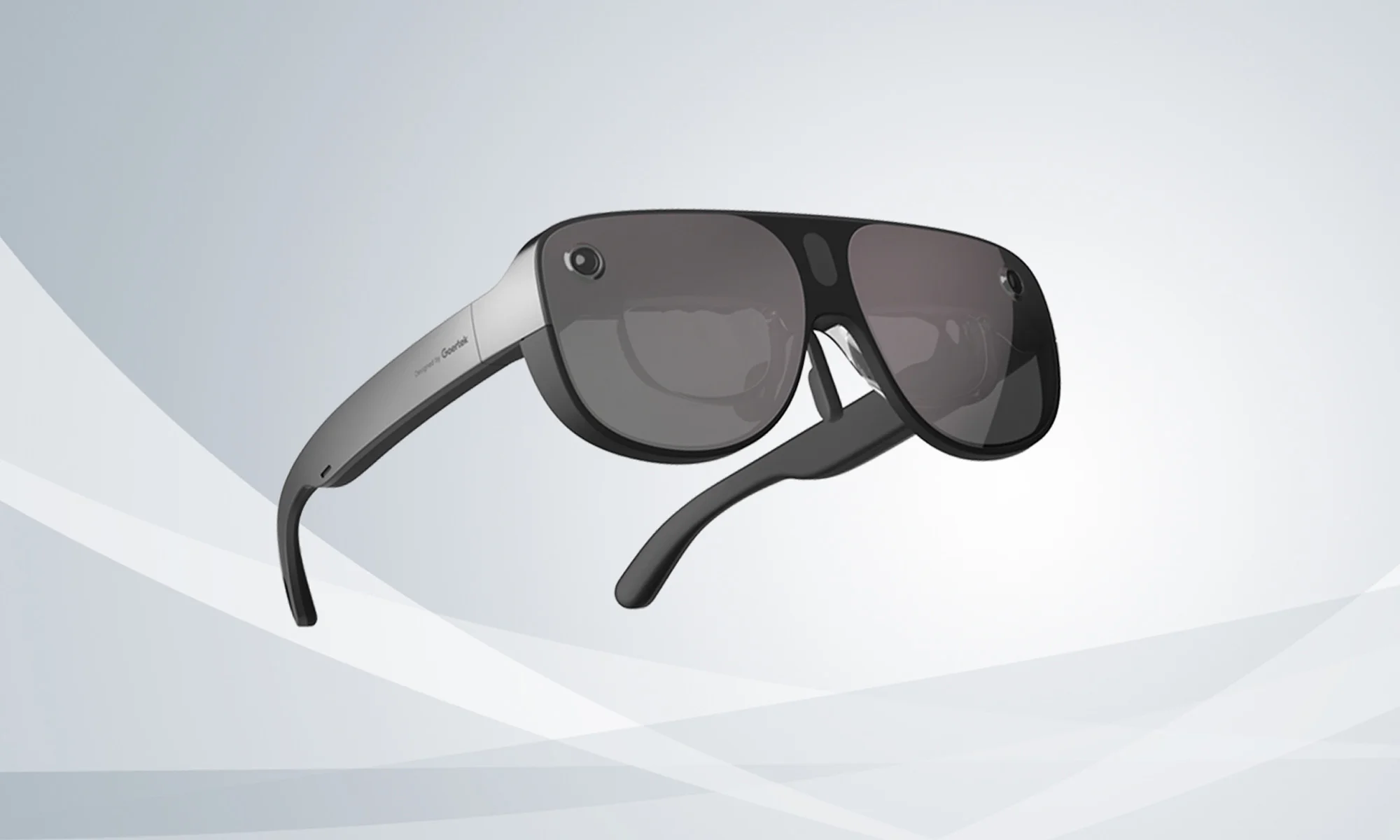
Samsung appears poised to introduce its highly anticipated smart glasses in January 2025, alongside the launch of the Galaxy S25. According to sources in Korea, the company will first reveal the accompanying software platform later this month.
As per a report from Yonhap News, Samsung’s unveiling strategy for the smart glasses echoes its approach with the Galaxy Ring earlier this year. The January showcase won’t constitute a full product launch but will likely feature teaser visuals at the Galaxy S25 event. A more detailed rollout could follow in subsequent months.
Just in: Samsung is set to unveil a prototype of its augmented reality (AR) glasses, currently in development, during the Galaxy S25 Unpacked event early next year, likely in the form of videos or images.
Additionally, prior to revealing the prototype, Samsung plans to introduce…
— Jukanlosreve (@Jukanlosreve) December 3, 2024
The Galaxy Ring, for example, debuted in January via a short presentation during Samsung’s Unpacked event. The full product unveiling came later at MWC in February, and the final release followed in July. Samsung seems to be adopting a similar phased approach with its smart glasses, which are expected to hit the market in the third quarter of 2025.
A Collaborative Software Effort
Samsung’s partnership with Google has played a key role in developing the smart glasses’ software. This collaboration was first announced in February 2023, with the device set to run on an Android-based platform. In July, the companies reiterated their plans to deliver an extended reality (XR) platform by the end of the year. The software specifics for the XR device are expected to be unveiled before the end of December.
Reports suggest that the smart glasses will resemble Ray-Ban Meta smart glasses in functionality. They won’t include a display but will weigh approximately 50 grams, emphasizing a lightweight, user-friendly design.
Feature Set And Compatibility
The glasses are rumored to integrate Google’s Gemini technology, alongside features like gesture recognition and potential payment capabilities. Samsung aims to create a seamless user experience by integrating the glasses with its broader Galaxy ecosystem, starting with the Galaxy S25, slated for release on January 22.


